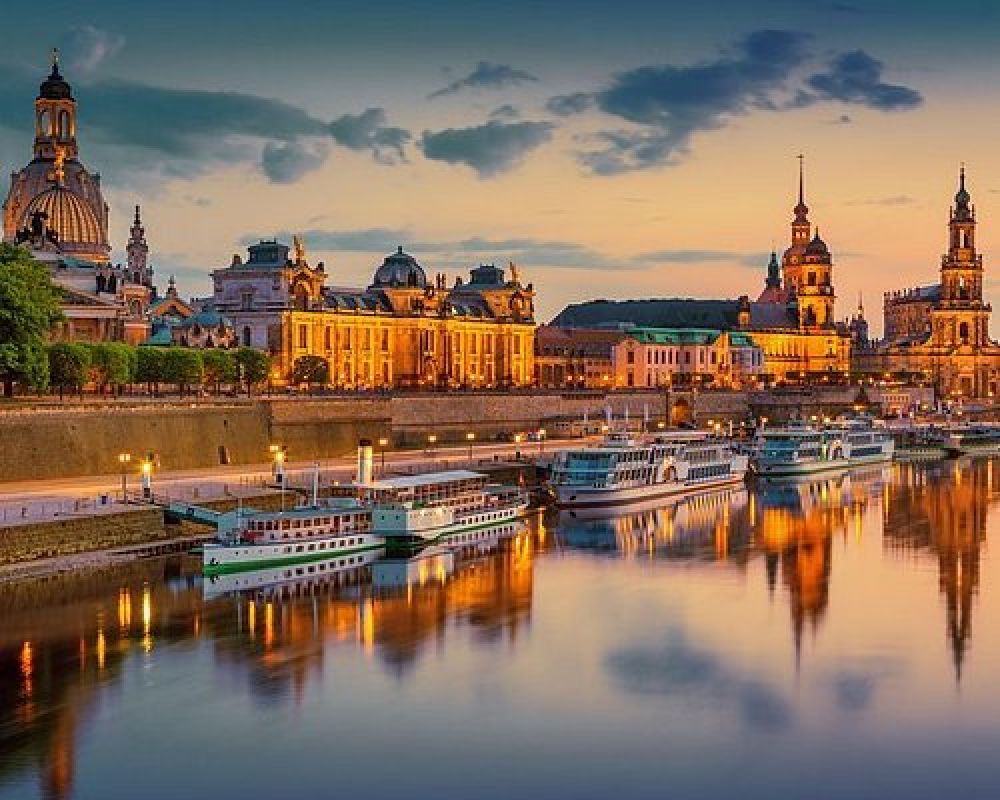

Dresden, the capital city of the Free State of Saxony, Germany, lies nestled on the banks of the picturesque River Elbe. Known for its baroque and rococo city center, Dresden has accrued a profound history that transcends the realms of culture, architecture, and art. However, the landscape of Dresden tourism is as checkered as its past, marked by destruction and remarkable resilience.
The origins of tourism in Dresden can be traced back to the 18th century when the city was known as the "Florence of the Elbe." Thanks to its stunning architecture and vibrant art scene, it was a magnet for the European aristocracy and intellectuals. Even Johann Wolfgang von Goethe was enchanted by Dresden, further reinforcing its status as a cultural hub.
However, the dawn of the 20th century brought with it a series of turbulent events that would drastically alter the city's appeal to tourists. The most defining moment occurred during World War II when in February 1945, allied bombing razed much of Dresden to the ground, an event that has firmly imprinted itself on the city's identity.
In the years following the war, Dresden lay behind the Iron Curtain, as part of East Germany. Tourism during this period was restricted and primarily local, with Dresden's damaged core slowly being rebuilt, including the famous Semperoper (Semper Opera House) and the Zwinger Palace.
Following German reunification in 1990, Dresden underwent a renaissance that sparked a new era for tourism. The reconstruction of the Frauenkirche (Church of Our Lady)—a symbol of peace and reconciliation—was completed in 2005, marking a pivotal moment in the restoration of Dresden's historic skyline. This act has not only been a testament to the city's resolve but has also reignited global interest in Dresden as a tourist destination.
Today, Dresden boasts numerous attractions such as the meticulously restored Royal Palace, the Grünes Gewölbe (Green Vault) with its treasure chamber, and the Albertinum Museum that showcases modern art from the Romantic period to the present day.
In the latest trend, Dresden has seen a surge in experiential and cultural tourism, with travelers seeking authentic experiences that go beyond the traditional sightseeing tours. Local cuisines, craft workshops, and immersive historical tours are increasingly popular among visitors.
Sustainability is also a significant focus, as Dresden aims to offer eco-friendly travel options. Public transportation is highlighted, and there are numerous bike paths along the Elbe river for environmentally conscious tourists.
Festivals such as the Dresden Music Festival and the Dresden Christmas Market continue to draw a considerable number of tourists, providing a boost to the local economy and allowing visitors to immerse themselves in German festivities.
In the digital age, Dresden tourism is augmented with cutting-edge visitor services such as the Dresden Card, offering access to a range of cultural institutions and discounts on tours. Technological advancements have also made it easier for tourists to plan their visits and navigate the rich offerings of the city.
In conclusion, from a historical perspective, Dresden's tourism has faced its share of challenges. Still, it has managed to emerge as a vibrant, culturally rich destination that honors both its past and future. With its stunning cityscape and forward-looking tourism trends, Dresden continues to enchant visitors from around the globe.